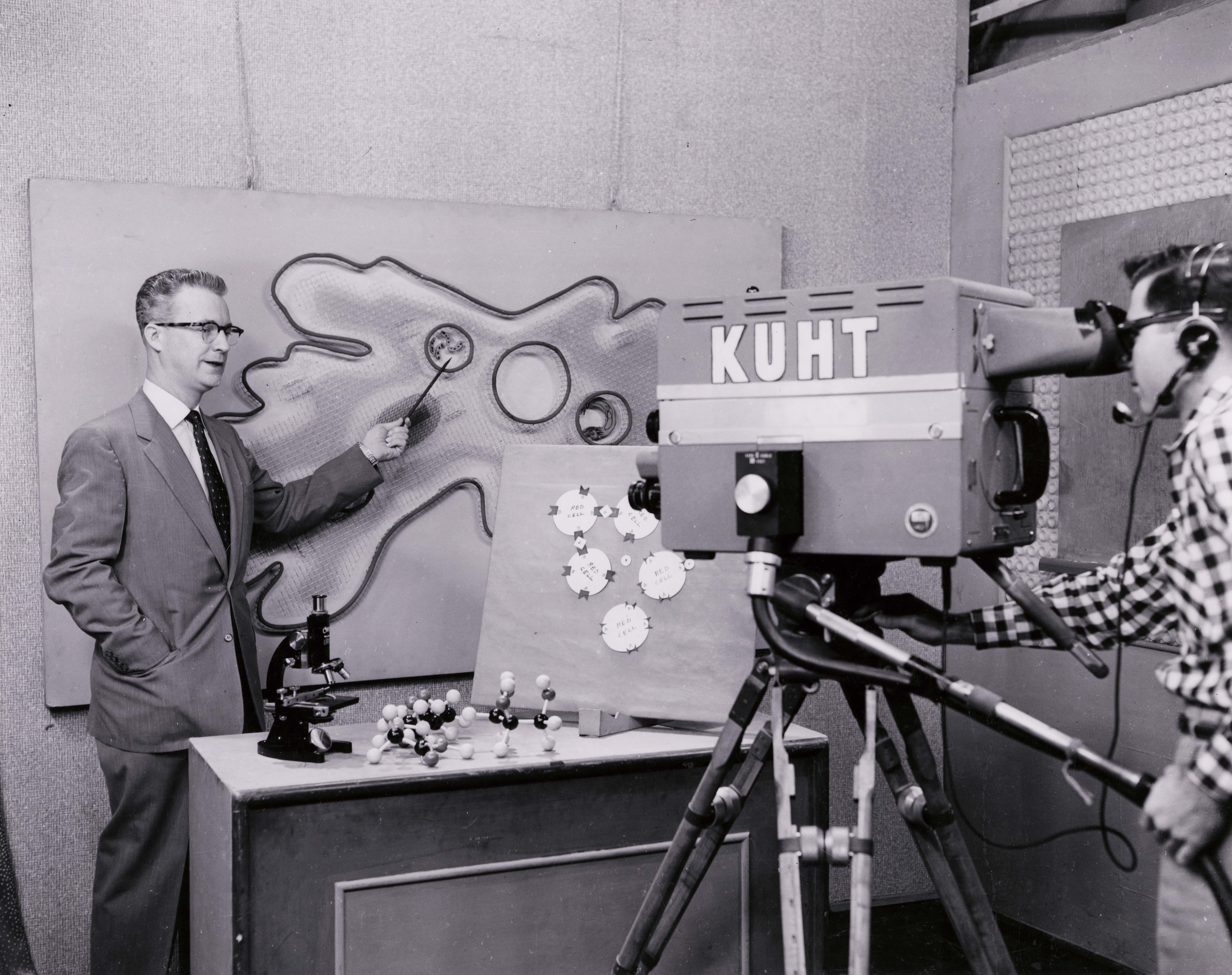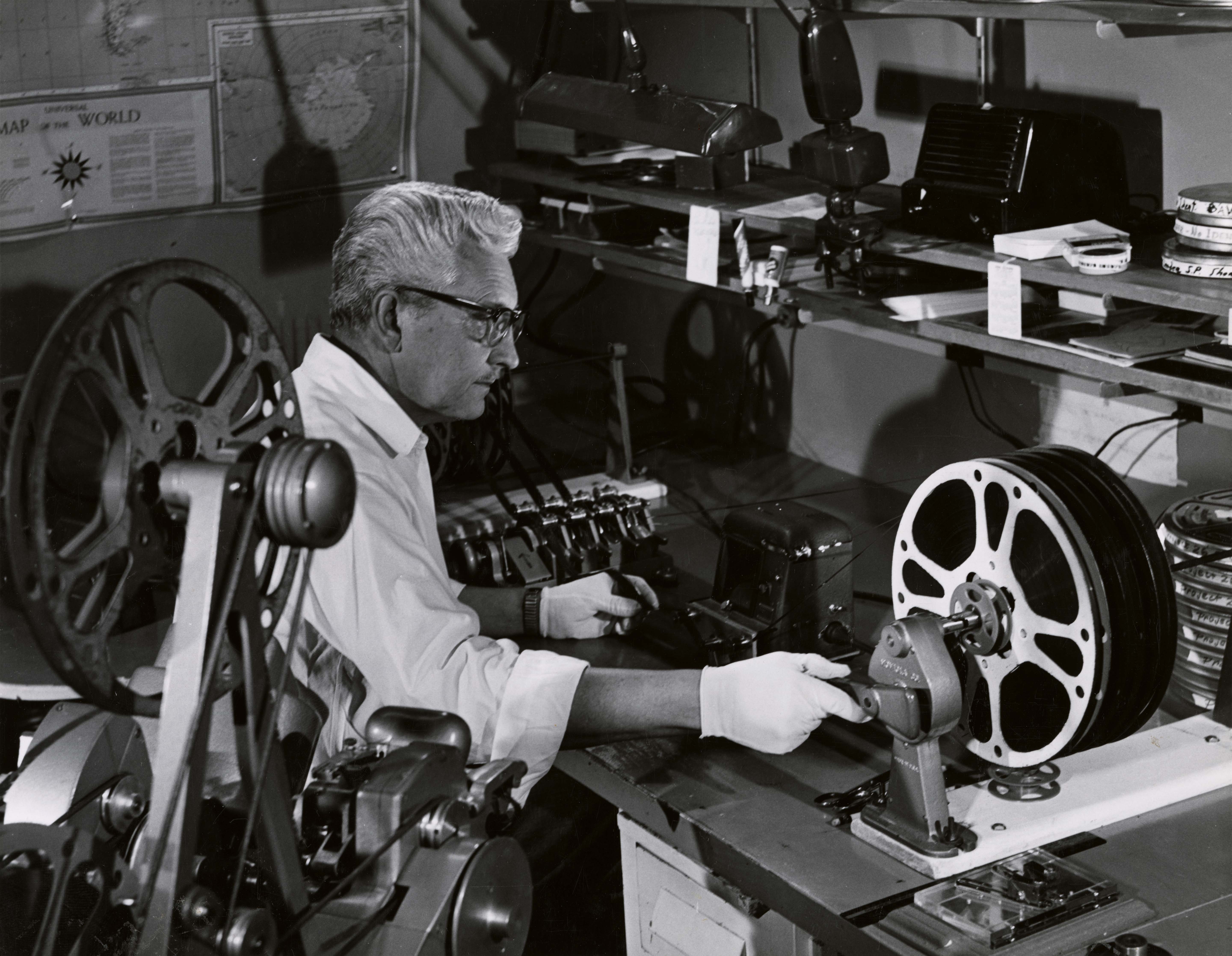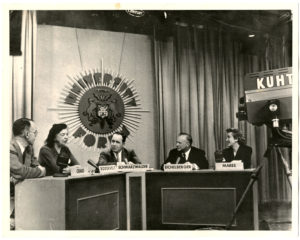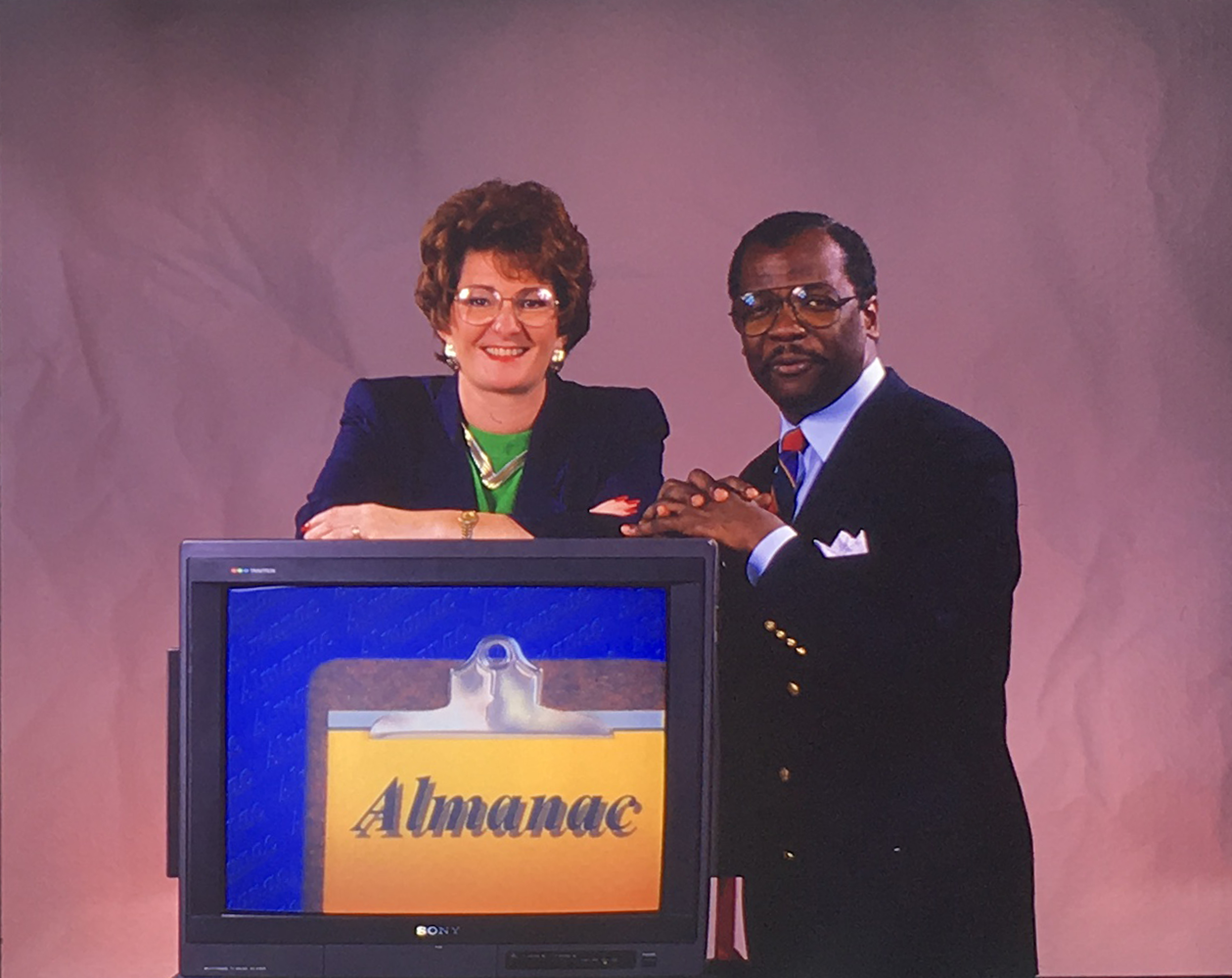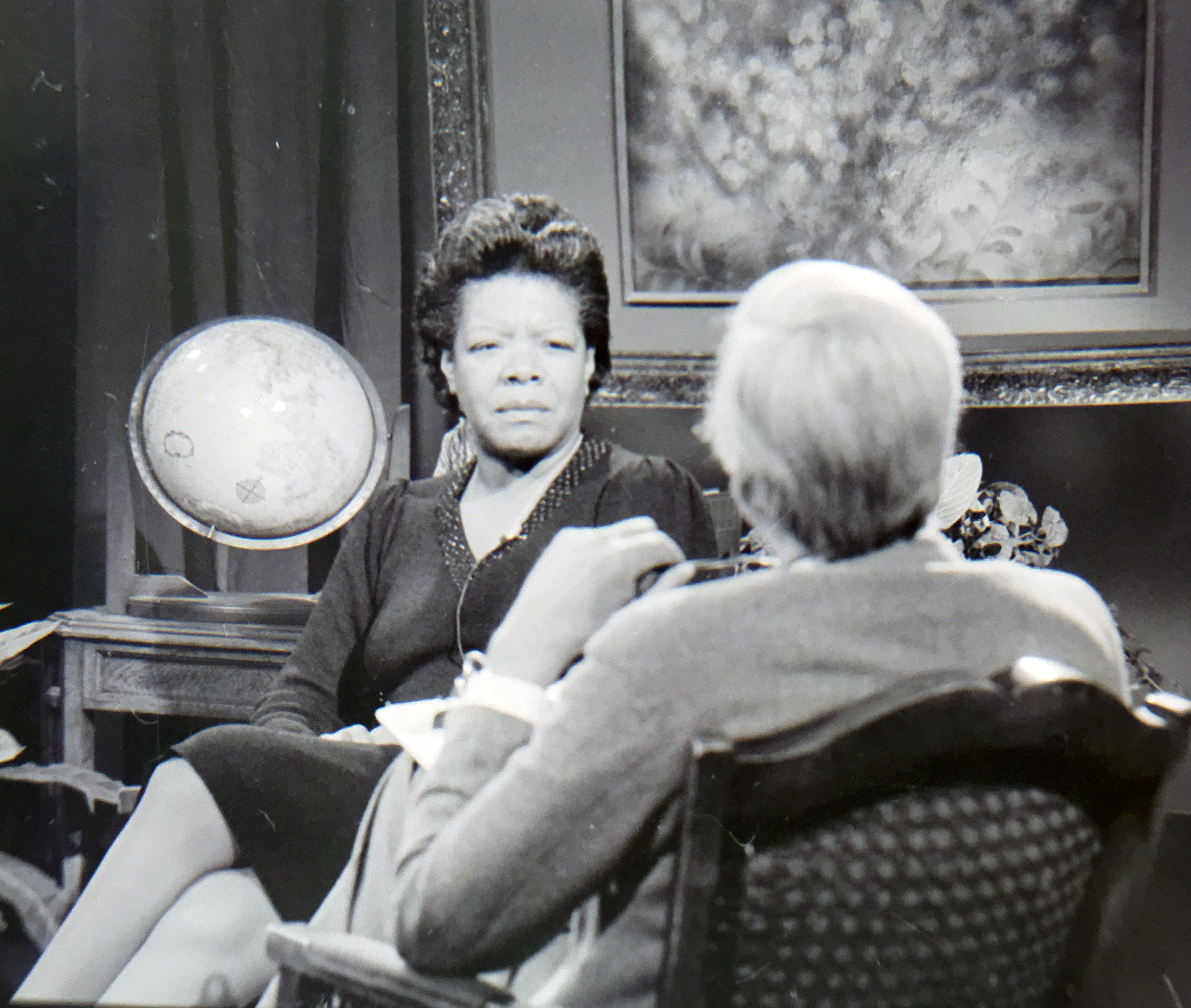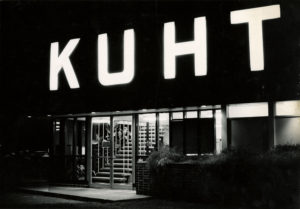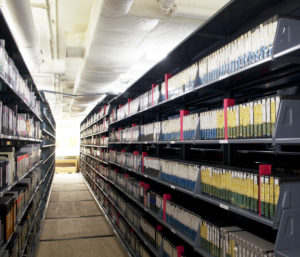
University of Houston Libraries Special Collections is pleased to announce the recent addition of 112 digitized films from the KUHT Film and Video Collection to the Audio/Video Repository. The films, dating between 1953 and the 1970s were digitized with the generous support of the CLIR Recordings at Risk grant. These films represent some of KUHT-TV’s earliest productions and include examples of the United State’s nascent educational and public television system.
KUHT’s first aircheck took place on May 25, 1953. The station began broadcasting the following month, making it the United States’ first educational, non-profit television station to go on air. KUHT was a pioneering influence in the field of “tele-education,” creating for-credit college courses. Included in these recently digitized materials are several of Dr. H. Burr Roney’s biology courses, which went on the air in the station’s first year. By 1958, the freshman biology telecourse “had the greatest enrollment of any standard college course given by television at any school in the nation.” ¹
In the 1960s, KUHT moved away from the production of for-credit college courses but continued to produce elementary education programs in partnership with the Houston Independent School District, as well as content for the enrichment of all viewers. Many KUHT productions documented the activities of the University of Houston and the Gulf Coast region.
Highlights include from the recently digitized materials include:
- Episodes of Target Delinquency, a series produced to inform viewers about the threat of juvenile delinquency with funding from President Kennedy’ Juvenile Delinquency and Youth Offenses Control Act of 1961.
- Episodes of The Way It Is, which educated viewers about financial issues facing consumers
- Surprisingly engaging live kinescope recordings of meetings of the Houston Independent School District
- Campus activities and events such as campus scenes from the 1950s, a university promotional film, the UH football team, and members of the UH dance team.
In 1955 KUHT welcomed a very special guest to their studio on the University of Houston campus. Eleanor Roosevelt, who had stepped down from her role as the first United States Representative to the United Nations Commission on Human Rights two years earlier,¹ was visiting Houston to speak at a luncheon sponsored by the American Association of the United Nations Association. During her brief visit, Roosevelt found time to make an appearance on KUHT’s University Forum, a panel discussion show that was simulcasted on television and KUHF-FM on Friday evenings to a typical audience of 120,000 – almost 20% of the Houston population. Hosted by KUHT founder John C. Schwarzwalder, the show was the only local affairs show that discussed international affairs.²
Roosevelt’s stop in Houston was featured in her daily newspaper column, My Day, which was syndicated six days a week from 1935 to 1962. She comments on the merits of the University of Houston’s television program, the prominence of beef on the dinner menu, and the landscape around Houston.
Jan 12: After the television program on which we appeared at the University in Houston on Saturday we came back to the hotel and had a steak dinner because that seemed to be expected of us. They put on the menu four different kinds of beef.
It was interesting to see the program at the university directed by a girl student. The cameras and all other equipment also were managed by students. A faculty advisor was there and, of course, our moderator was the head of the department. This is very good training and the authorities at the university are proud that they sent 76 of their graduates into commercial positions this past year.
The country just outside Houston is rather gloomy, I thought, flat and very unattractive. As you progress on your journey (Added: toward Dallas), however, you find a little more rolling country and it looks more friendly. Most of the land which is not occupied by oil fields is grazing ground for cattle.
To learn more about Roosevelt’s trip to Houston, check out the Rice History Corner blog posts (and comments!), The Great Eleanor Roosevelt Mystery Solved! and “our day in Houston was a very successful one, 1955”.
_________
¹ “United States Ambassador to the United Nations Human Rights Council,” Wikipedia. https://en.wikipedia.org/wiki/United_States_Ambassador_to_the_United_Nations_Human_Rights_Council
² Hawes, W. (1996). Public television: Americas first station: An intimate account. Santa Fe (N.M.): Sunstone Press. pg. 44.
This Is Our Home, It Is Not for Sale (This Is Our Home) is the title of Jon Schwartz’s 1987 documentary film that chronicles Houston’s Riverside neighborhood. While it is the story of a specific neighborhood in Houston, the themes of segregation, integration, white flight and disparity of city services are common elements in the history of many large American cities. This Is Our Home, which boasts an impressive 3 hour and 20 minute run time, includes interviews with some of Houston’s most famous and influential residents. The University of Houston Library Special Collections is home to the This Is Our Home, It Is Not For Sale Film Collection, which includes Schwartz’s original production documents, photographs, and production films, including B-roll footage and early edits of the documentary.
The original production used a dual reel system of motion picture and a separate fullcoat magnetic soundtrack that requires syncing to achieve a digitized video product. These films were at particular risk of loss due to the use of fullcoat magnetic soundtrack in production, making it susceptible to extreme vinegar syndrome. The films, used in the editing process, also featured numerous splices and missing portions which were utilized in edits of the documentary. In 2017, The University of Houston Libraries was awarded a Texas Libraries and Archives Commission TexTreasures grant to digitize 112 filmed interviews, and make them available via our AudioVisual Repository. These raw interviews provide insights both into the former and current residents opinions of the neighborhood that had undergone a drastic transition, they are primary documents of individuals struggling to discuss the complexities of race relations and emotional attachments to “home.”
The Story of Riverside
In the 1920s, members of Houston’s wealthy Jewish community were blocked from home ownership in Houston’s elite River Oaks neighborhood by anti-Semitic deed restrictions. In response to these restrictions, the community helped to establish the affluent Riverside neighborhood, located to the west of University of Houston’s central campus. The neighborhood, inhabited by Jewish and non-Jewish residents, became the center of Jewish culture in Houston and was home to many influential Houston families. In 1952, Jack Caesar, a wealthy cattle rancher, moved to Riverside by instructing his white secretary to buy a home and transfer the deed over to Caesar, defying deed restrictions that blocked black individuals from purchasing homes in the area. His arrival on Wichita Street was first met with a buyout offer from neighbors who had pooled their money. Caesar refused the offer, and a dynamite bomb was detonated on the porch of the Caesar family’s home. Unharmed and undeterred, the family remained in Riverside. With landmark Supreme Court cases including District of Columbia v. John R. Thompson Co. Inc. (1953) and Brown v. Board of Education (1954) finding segregating policies unlawful, more affluent black families bought homes in the neighborhood.
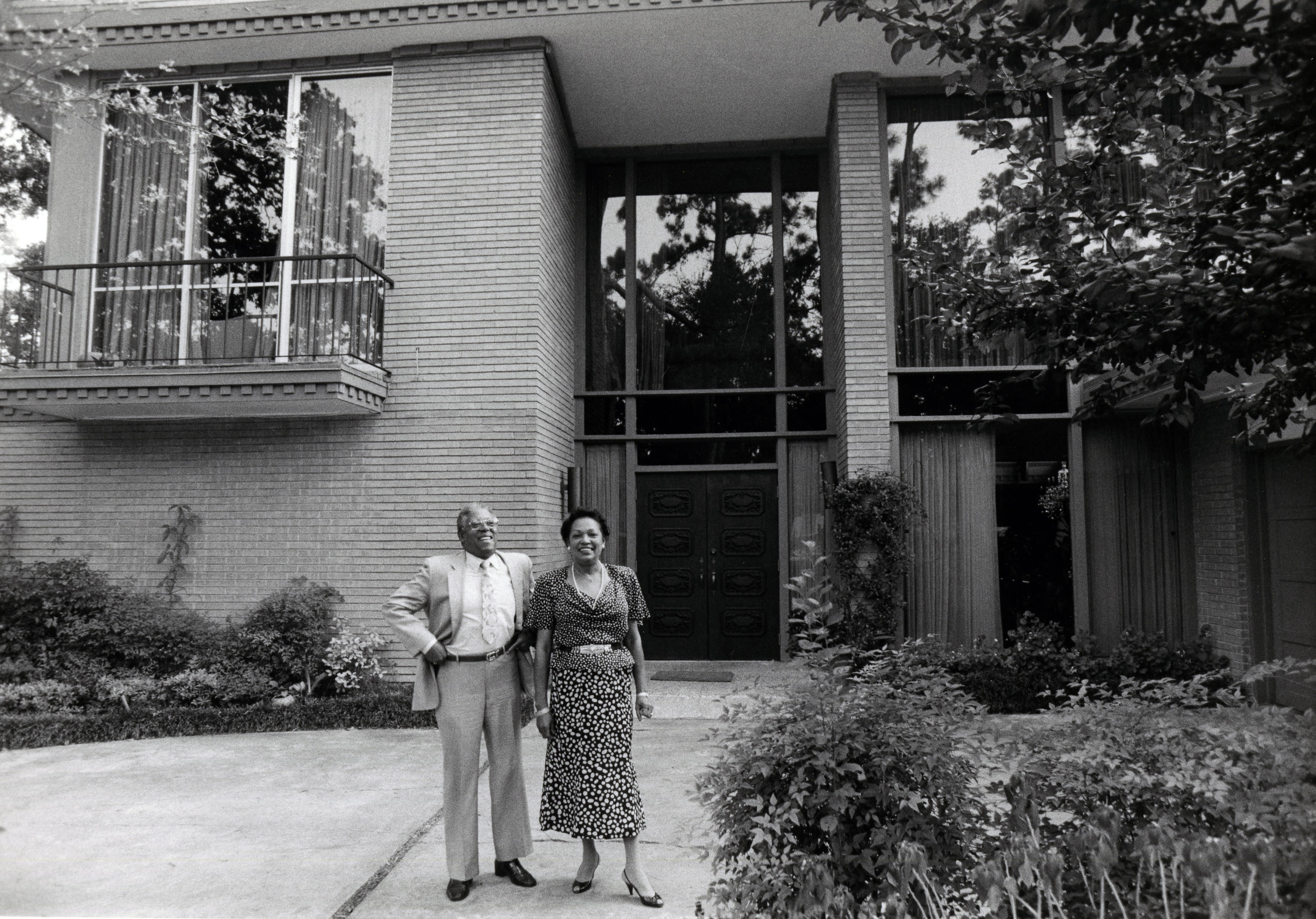
John and Drucie Chase standing in front of their Riverside home, designed by John Chase. From the This Is Our Home, It Is Not For Sale Film Collection.
In response to the influx of black residents and spurred on by unscrupulous real estate agents instigating anxieties about falling home values, many white residents sold their homes and moved to other areas of the city. Residents who hoped to maintain the neighborhood as an integrated community began a yard sign campaign that proclaimed “This Is Our Home, It Is Not for Sale.” While this movement gained national attention, it was not enough to slow the departure of white homeowners. Riverside continued to be shaped by forces including the departure of area businesses, the growth of UH and TSU campuses, construction of Highway 288, and the decision to locate a county psychiatric hospital in the neighborhood. In the late 1980s, white homebuyers attracted by Riverside’s beautiful homes, central location, and reasonable prices, began moving back into the area.
Through interviews with former and current residents of Riverside, This Is Our Home examines how anti-Semitism, racism, real estate agent-driven blockbusting, profiteering, white flight, and urban development projects created and continue to shape what was once one of the Houston’s most desirable neighborhoods.
Now Online
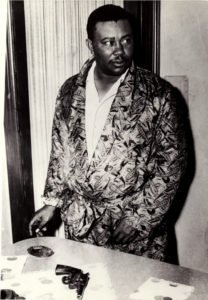
Jack Caesar, photographed with personal firearm following the bombing of his home (This Is Our Home, It Is Not For Sale Film Collection).
It is our hope that these materials will serve as a valuable resource, in complement to Schwartz’s documentary, and aid in scholarship around Houston. These primary source materials that trace the waves of segregation and desegregation dynamics in a large southern city and reveal the tensions related to population growth and demographic shifts. Not only do they document a segment of Houston history, but they also provide a profile of urban development with implications beyond the city and the region. Likewise, architectural historians, urban planners, historical geographers, and public administrators figure among the populations who may benefit from access to the complete, raw interviews.
All digitized raw interviews are available through the UHL Audiovisual Repository, and we have curated an online exhibition featuring an interactive map of the neighborhood highlighting interviews with Riverside’s residents. The full documentary can be viewed in the Special Collections Reading Room or purchased at http://thisisourhomeitisnotforsale.com/.
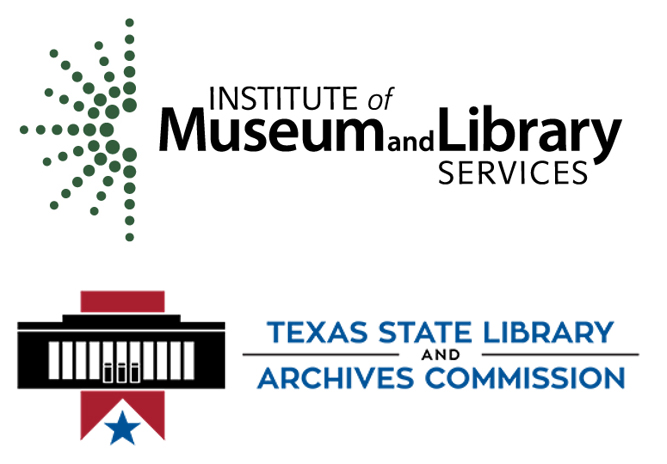
The Institute of Museum and Library Services generously funds a “grants to state program,” which uses a population-based formula to distribute funds to State Library Administrative Agencies across the country. In Texas, these funds are distributed via several different types of competitive grants, including TexTreasures, which is designed to help libraries make their special collections more accessible for the people of Texas and beyond.
University of Houston Special Collections is pleased to announce the online publication of over 500 recently digitized videos from the KUHT Collection. These videos, accessible via the newly unveiled UHL AV Repository, were digitized with funds from the Institute of Museum and Library Services’ TexTreasures grant, administered by the Texas State Library and Archives Commission.
Included in the project are several significant series and documentaries produced by KUHT between 1971 – 2000. One series, Almanac, tackled some of the major political and social issues facing Houston in the 1990s, including complex questions of race, gender, and economic inequality. Episodes such as those that cover the Harris County Grand Jury decision not to indict a Houston Police Department officer in the shooting of Byron Gillum and a discussion of the ban on homosexuals serving in the military exemplify the program’s willingness to pursue tough issues. Notable figures, such as Mayor Sylvester Turner, made several appearances on the program early in his political career, and even President Jimmy Carter appears alongside Dominique de Menil to discuss the Carter-Menil Human Rights Prize.

All materials digitized were previously inaccessible due to their obsolete video formats, such as this U-matic video.
Another significant series, The Capitol Report, features interviews with Texas legislators discussing issues that remain of great importance today. Representation, prison reform, and education are just a few of the topics that are covered, and many guests will be familiar to those who follow Texas politics today.
Several noteworthy documentaries and feature programs were also digitized under the TexTreasures grant, such as Houston in the Age of AIDs (1985) and Wetlands (1991).
In addition to full episodes available on the AV Repository, an online exhibit created by graduate student Carolann Madden contextualizes the many series featured online: http://exhibits.lib.uh.edu/exhibits/show/kuht-textreasures, and includes contemporary documents from the KUHT Collection.
When I arrived at the University of Houston Special Collections a year and a half ago as the first dedicated Audiovisual Archivist in the department, I was delighted to discover that UH was home to the KUHT Collection. I personally have a long-time love of public broadcasting, and KUHT holds the notable, and perhaps surprising, title of the “first educational non-profit television” in the country. Educational television was championed in the 1950s as a way to turn every living room into a classroom and would eventually evolve into what we know today as the Public Broadcasting Service (PBS).
One of my first tasks was to gain better intellectual control of the collection in order to help set preservation priorities and ensure access to researchers. Under the guidance of Special Collections Program Manager Matt Richardson, several dedicated and hardworking student workers shifted over 2,000 films and 10,000 videos out of boxes and to new dedicated AV shelving. This new shelving meant that videos could be stored standing up on edge, rather than stacked in boxes, which put the fragile tapes at risk of damage.
The improved storage method also allowed for easier access to tapes for inventory purposes. Working on and off on the inventory over the past year, I am now nearing completion, with just a handful of shelves left to go. Over the year, I have learned a lot about the programming of KUHT over their sixty-three-year history. I’ve come across such curious titles as “Heartbreak Turtle” and “Teenager: A Disease of What?” as well as moments of historical significance captured on film, such as an early 1960s interview with Houston civil rights leader Rev. William A. Lawson. One of my personal favorites from the collection is the series, “People are Taught to Be Different,” available to view on the UH Digital Library. This series, a 1956 collaboration between KUHT and Dr. Henry Allen Bullock from TSU, utilizes interpretive dance and narration to describe the universality of emotion across race, nationality, and culture.
In an effort to make these materials more readily accessible to the public, the KUHT Collection finding aid has been updated to note the extent of the audiovisual holdings, and now includes an abridged list of collection titles, with an eventual eye at making the entire inventory available online. Furthermore, we have digitized and posted one pre-existing Rolodex-style catalog of 1″ Video for researchers to use. Our hope is that this resource will be a valuable asset to those with an interest in the history of public television, Houston, and the many other topics touched upon in six decades of non-profit television productions.
